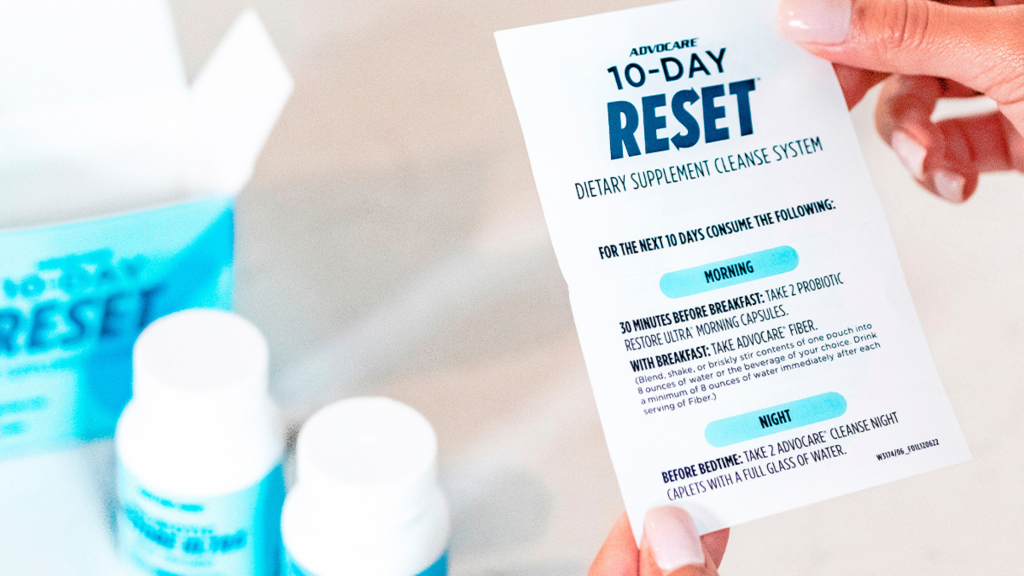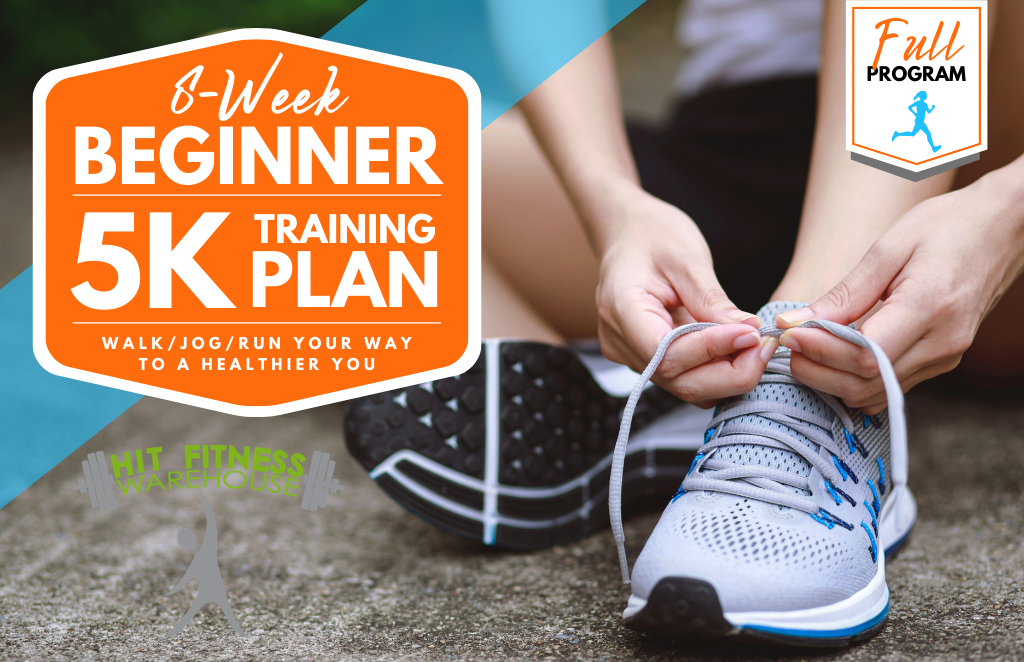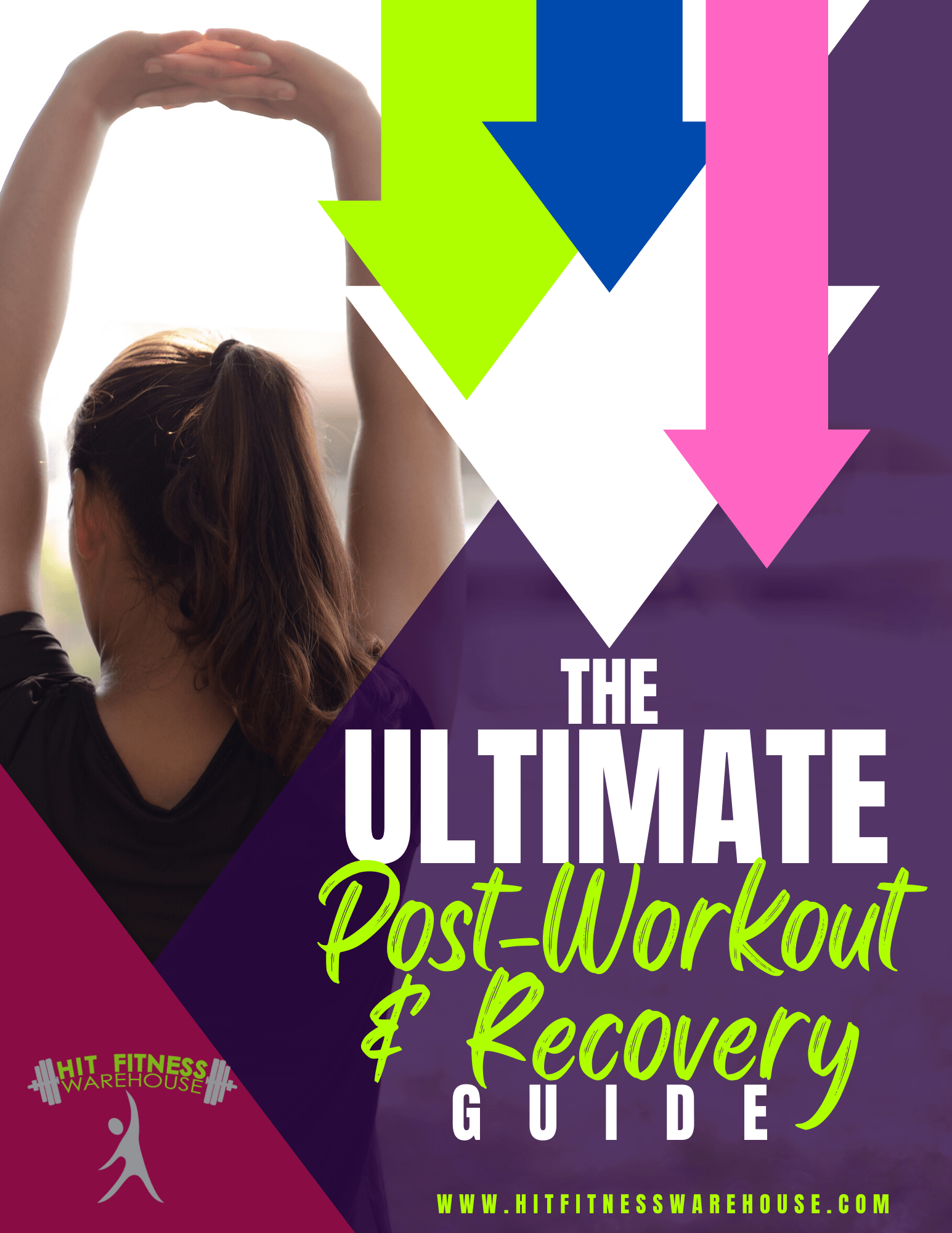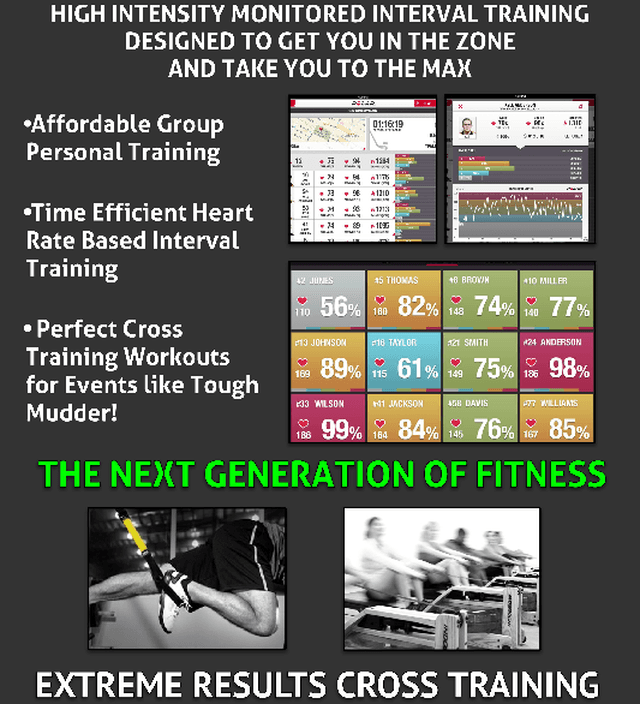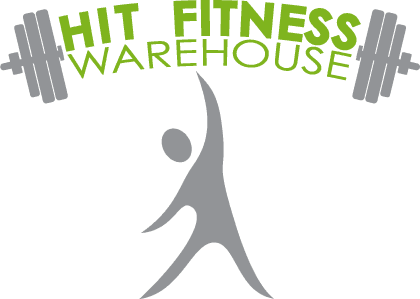THE NEXT GENERATION OF FITNESS IN PERSONALIZED GROUPS
Scientists have found 'Personalized' High Intensity Interval Training to be the 'Next Generation of Fitness'
High Intensity Interval Training is designed to get you in the zone and take you to the MAX! By having a Certified Performance Specialist personalize your program and keep in tune with your age specific HR, he/she (Coach) can adjust intensity zones, thus maximizing your potential and results.
The workout is based on the science of High Intensity Interval Training and its resulting EPOC (after burn) effect which will optimize your workout time investment.On average, participants will burn 500-1000 calories per session, followed by The EPOC (after burn) effect, which sky rockets your metabolic rate for the next 24 hours!
When the HIIT method is combined with the 'Personalized Small Group' setting, you may take advantage of the Coach's expertise at a fraction of the cost while having the workout customized to your needs and still keeping the fun, competitiveness and motivation of training with a group. These small group sessions may vary, but usually range between 4 and 8 participants and fall into 3 different categories; equipment based, skill based or outcome based.
By design the sessions follow pre-determined work to rest intervals.Workouts may include rowing, treadmill, sleds or airdynes, as well as sprints or bouts of plyometric exercises. Balanced, full body strength exercises using equipment such as TRX, Barbells, Dumbbells, Kettlebells, BOSU, boxing or body weight is also be incorporated into this dynamic training experience.
Why is HIIT Training so Popular?
HIIT training can easily be modified for people
of all fitness levels and special conditions,
such as overweight and diabetes. HIIT
workouts can be performed on all exercise
modes, including cycling, walking, swimming,
aqua training, cross-training, boxing, strength training, and in
many group exercise classes.
What are the benefits of HIIT training?
- Significantly increased Aerobic and Anaerobic Fitness for improved performance
- Fat Loss (both intra abdominal and subcutaneous ie under the skin), while maintaining muscle mass
- Decreased fasting insulin and increased insulin sensitivity
- Improved Blood Pressure
- Improved Cholesterol profiles
- Overall improved Cardiovascular Health
Is HIIT training for me?
As you may have guessed High Intensity exercise is Very Challenging. With any form of exercise you will want to check with your doctor before adding this to your exercise regime. It is also recommended to have a base level of fitness established (exercising 3-5xweek for min 4-6 weeks) before beginning HIIT.
How often should I do it?
HIIT sessions are more exhaustive than steady state endurance workouts. Allow for adequate recovery between sessions and consider only 1-2 sessions per week. 1-2 of these HIIT sessions have been found to be most effective when combined with a structured and personalized strength program 3x/week.
Establish a 'base level of fitness' first
Prior to beginning HIIT training a person is encouraged to establish a foundational level of fitness. This foundation is sometimes referred to as a “base fitness level”. A base fitness level is consistent aerobic training (3 to 5 times a week for 20 to 60 min per session at a somewhat hard intensity) for several weeks that produces muscular adaptations, which improve oxygen transport to the muscles. Establishing appropriate exercise form and muscle strength are important before engaging in regular HIIT to reduce the risk of musculoskeletal injury.
Final HIIT Message
Interval training has been an integral part of athletic training programs for many years because a variety of sport and recreational activities require short bursts of movement at high intensities. Interval training is becoming an increasingly recognized and well-liked method of training. The incorporation of interval training into a general conditioning program will optimize the development of cardiorespiratory fitness as well as numerous other health benefits. Give HIIT a try!
Research found through American College of Sports Medicine. ACSM grants permission to reproduce this brochure if it is reproduced in its entirety without alteration. The text may be reproduced in another publication if it is used in its entirety without alteration and the following statement is added: Reprinted with permission of the American College of Sports Medicine. Copyright © 2014 American College of Sports Medicine.



